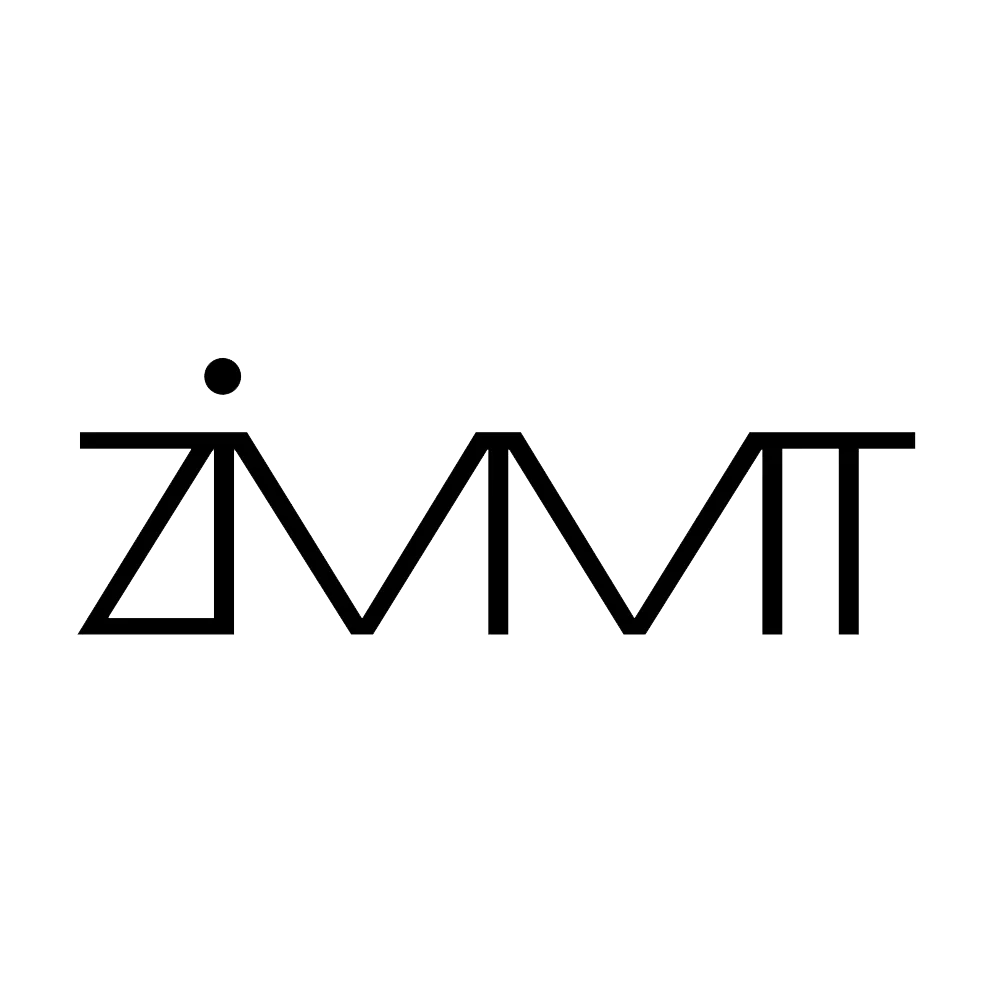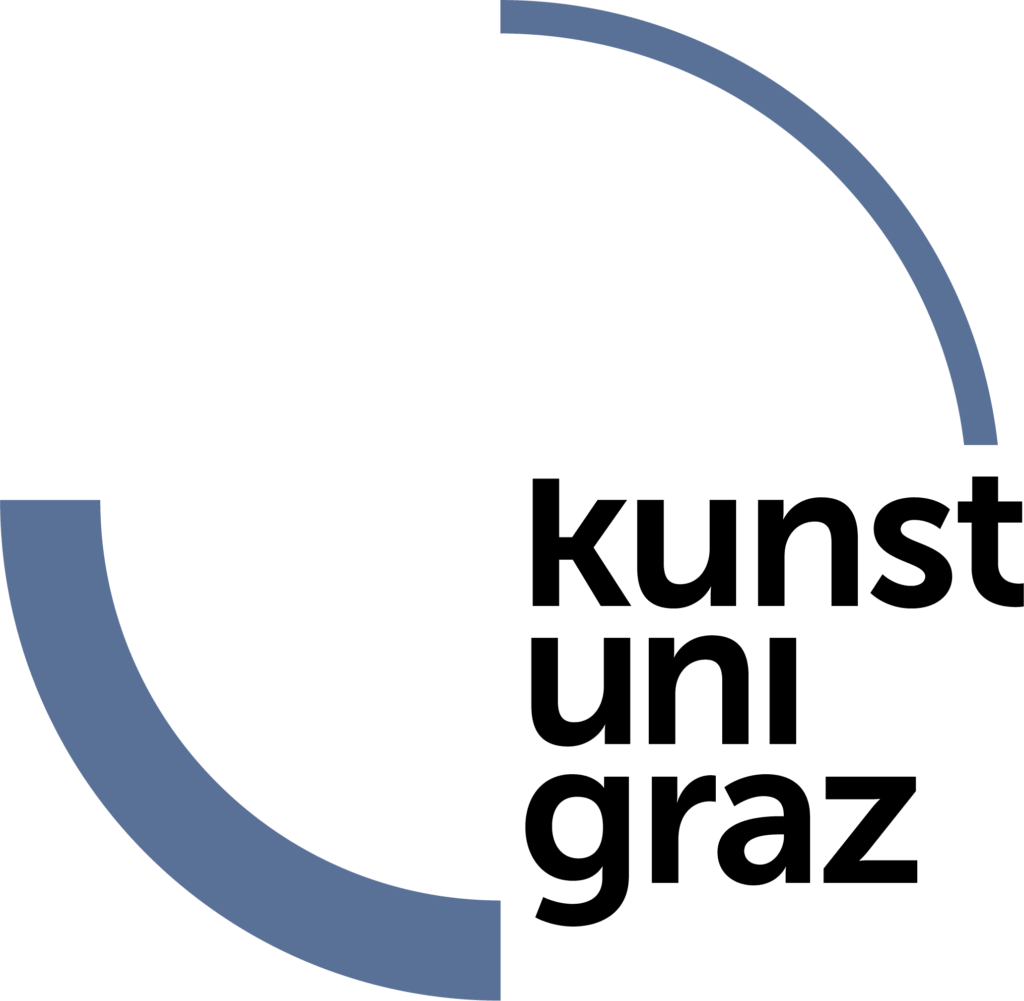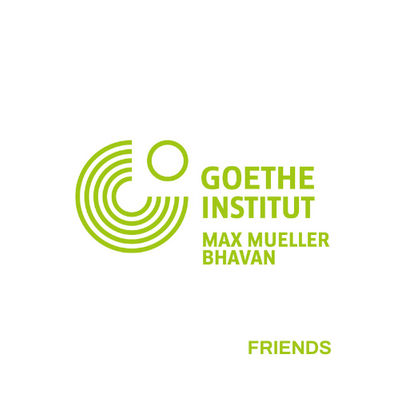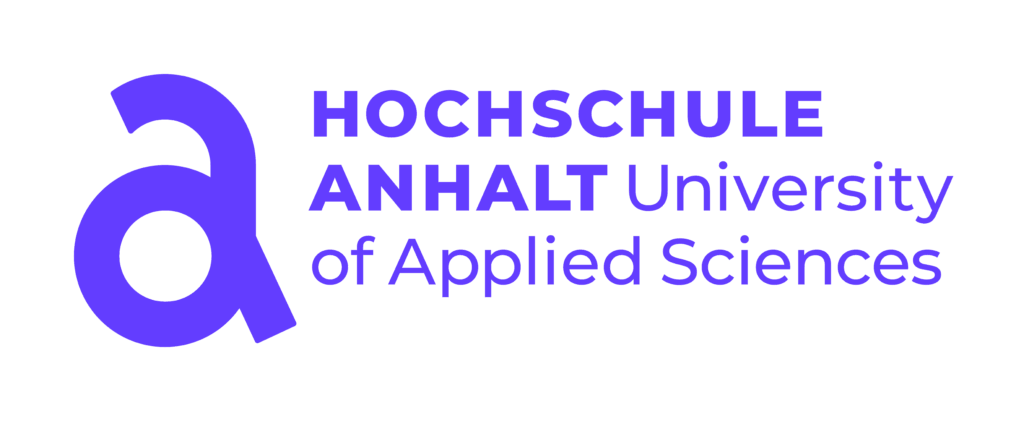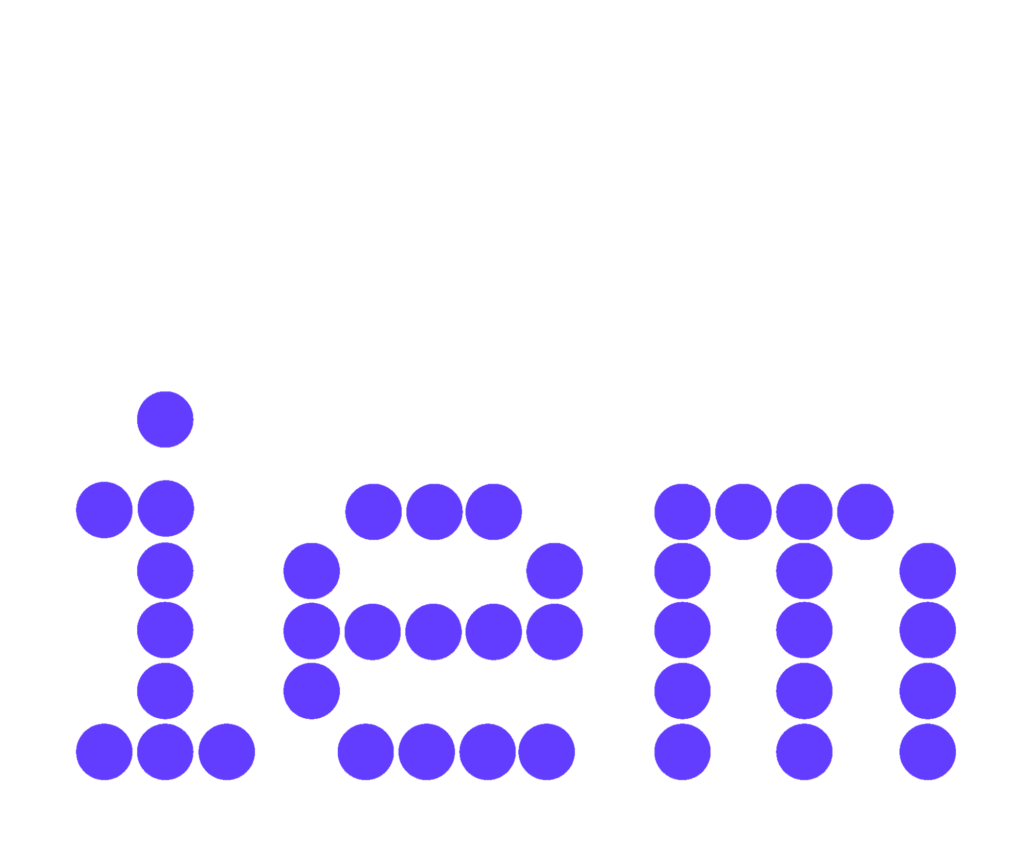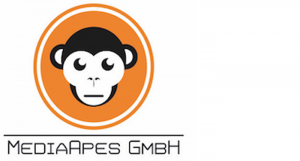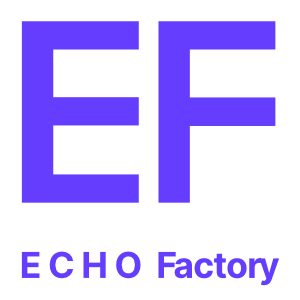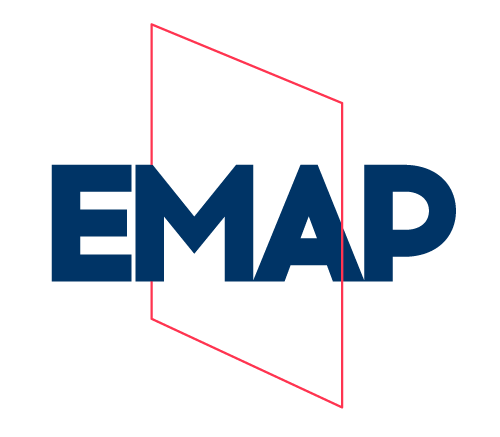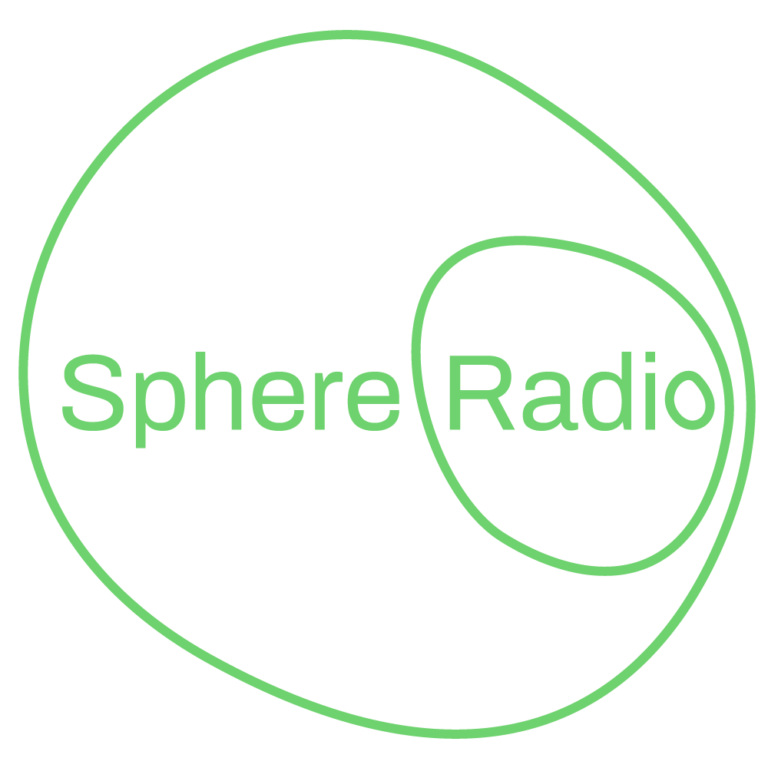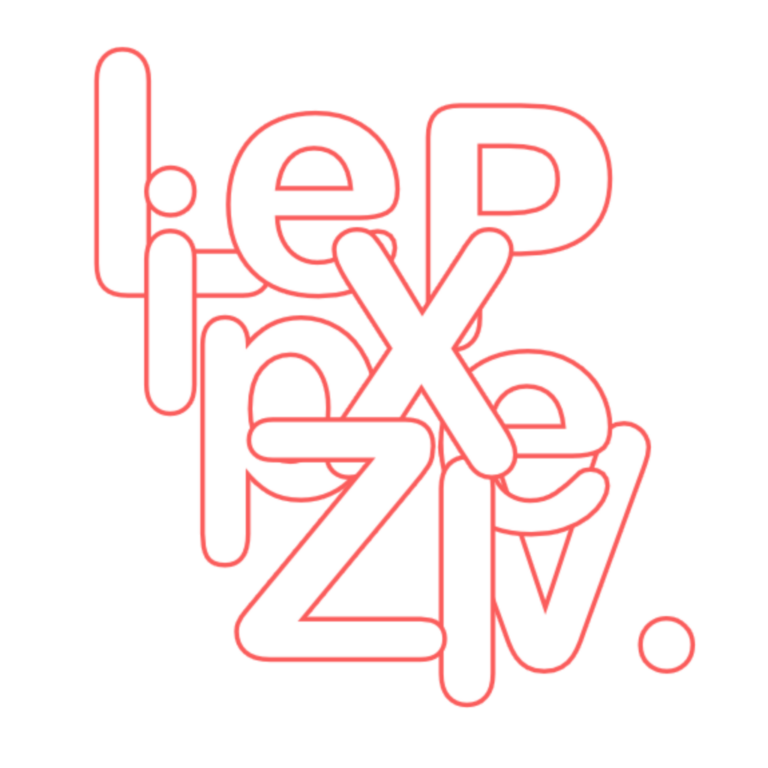Location
Center for immersive Media Art,
Music and technology
Center for immersive Media Art Music and technology
Hall
concert hall, exhibition venue and production space
The hall offers an adequate stage for various facets of media immersion: In the six-meter-high former crane with a loudspeaker dome and 300° projection system, sound reproduction from all directions is just as possible as expansive visual displays. As one of only a few cultural spaces nationwide, the hall is equipped with a permanently installed 3D audio system – the heart of the ZiMMT.
Features:
– 167m² area, 6m ceiling height
– Capacity: Seating for around 100 people
– 32-channel 3D audio system (production and playback of almost all available multi-channel audio formats possible)
– 300° projection system
– 7m front projection screen
Freely configurable room concept for different scenarios (flexible position of stage and seating, room separation possible using routes)
– Freely configurable lighting concepts (complete blackout option, daylight through all-round hall skylights, flexible studio lighting)
– Various AV equipment
Hall
concert hall, exhibition venue and production space
The hall offers an adequate stage for various facets of media immersion: In the six-meter-high former crane with a loudspeaker dome and 300° projection system, sound reproduction from all directions is just as possible as expansive visual displays. As one of only a few cultural spaces nationwide, the hall is equipped with a permanently installed 3D audio system – the heart of the ZiMMT.
Features:
– 167m² area, 6m ceiling height
– Capacity: Seating for around 100 people
– 32-channel 3D audio system (production and playback of almost all available multi-channel audio formats possible)
– 300° projection system
– 7m front projection screen
Freely configurable room concept for different scenarios (flexible position of stage and seating, room separation possible using routes)
– Freely configurable lighting concepts (complete blackout option, daylight through all-round hall skylights, flexible studio lighting)
– Various AV equipment
Foyer
space for research, mediation and networking
The foyer is ZiMMT’s laboratory – a room for experiments, rehearsal, research and development. It also serves as a space for exchange and knowledge transfer: in a bright, open atmosphere, smaller conferences, workshops and discussions take place here.
Features:
- 145m² area with window front
- tea kitchen and small separate seminar room (25m²)
- space for up to 70 people (standing) or 45 seats
- large tables and chairs
- projector / screen
- quadrophone sound system
- various AV equipment available
Foyer
space for research, mediation and networking
The foyer is ZiMMT’s laboratory – a room for experiments, rehearsal, research and development. It also serves as a space for exchange and knowledge transfer: in a bright, open atmosphere, smaller conferences, workshops and discussions take place here.
Features:
– 145m² area with window front
– tea kitchen and small separate seminar room (25m²)
– space for up to 70 people (standing) or 45 seats
– large tables and chairs
– projector / screen
– quadrophone sound system
– various AV equipment available
Studio
In all processes, the ZiMMT works closely with the 3D Audio Studio of Not A Number GmbH, which is also located on the former industrial yard just a few steps away from the hall. In the studio, spatial sound concepts for live and installation projects can be developed individually on a 24-channel loudspeaker system. The studio offers best conditions for post-production and mixing in all common surround and 3D formats and makes it possible to integrate the spatiality of sound from the beginning of the creative process.
Productions at the studio can be optimally transferred to the larger 3D audio system in the hall.
Features:
- 24-channel 3D monitor setup
- Stereo monitoring system
- Multichannel recording equipment
- Audio interfaces, D/A A/D converters
Team
Felix
Deufel
Management, curation, funding
and network (founding member)
Felix Deufel is a sound artist, developer and founder of Not a Number Studio and the atelier house Kontor 80, He specializes on 3D audio recording, production and system-design. His artistic work often discusses sound in spaces and the meaning of sound for humans and the environment.
Nina
Buttendorf
Head of Public Relations
(founding member)
Nina Buttendorf is an educated photographer and media designer. She develops and designs the website, the corporate design, posters and flyers, creates content for all social media channels and visually documents all events with her photographies.
Paul
Hauptmeier
Management, knowledge transfer and curation (founding member)
Paul Hauptmeier is an educated composer and sound artist. Since 2009 he works with Martin Recker as an artistic duo in the fields of composition, sound and multimedia arts as well as in shared lectureships at Burg Giebichenstein art school and at Hochschule für Musik und Theater Leipzig.
Martin
Recker
Management, curation and
technology (founding member)
Martin Recker, educated composer and sound artist, is one part of the artistic duo Hauptmeier | Recker” together with Paul Hauptmeier, working in the fields of composition, sound- and multimedia arts. They also collaborate in a joint lectureship at Burg Giebichenstein art school and at Hochschule für Musik und Theater Leipzig.
Jakob
Gruhl
Funding, strategy and
network (founding member)
After getting a diploma in museology, Jakob Gruhls expertise interdisciplinary spans arts, music and technology. He is one half of Ectoplastic, a young enterprise developing concepts for music apps (such as mazetools).
Konstantin
Fontaine
network
and curation
Konstantin Fontaine is sound artist and studies audio communication and technology at TU Berlin, where he currently holds a position as acoustic research assistant in the field of virtual environments. With a focus on computer music, he particularly explores generative approaches and algorithmic systems.
Tabea
Köbler
Text and public
relations work, funding
Tabea Köbler studied musicology and european studies. She worked as a journalist for many years and aligns with the idea of making music and art accessible through language. Next to public relations she supports project conceptions for funding applications.
Marie
Kollek
Funding and
Administration
Marie Kollek is a sociologist and cultural scientist as well as a doctoral student and research assistant at the University of Jena. She is working on a research project on the internationalization of universities and intercultural communication and is dedicating her dissertation to postcolonial pop cultures in Germany, France and Belgium. In addition to her academic work, she is active as an organizer and curator and organizes the experimental FLINTA* sound series Chats en Colère as well as the noise festival Krachathon in Leipzig. Her experience in project management includes national, international and European third-party funded projects.
Studio
In all processes, the ZiMMT works closely with the 3D Audio Studio of Not A Number GmbH, which is also located on the former industrial yard just a few steps away from the hall. In the studio, spatial sound concepts for live and installation projects can be developed individually on a 24-channel loudspeaker system. The studio offers best conditions for post-production and mixing in all common surround and 3D formats and makes it possible to integrate the spatiality of sound from the beginning of the creative process.
Productions at the studio can be optimally transferred to the larger 3D audio system in the hall.
Features:
– 24-Kanal 3D Monitor Setup
– Stereo Abhöre
– Multikanal Recording Equipment
– Audio Interfaces, D/A A/D Wandler
Team
association
Association
ZiMMT e.V.
Behind the Center for Immersive Media Art, Music and Technology in Leipzig stands the non-profit association ZiMMT e.V., which aims at promoting art and culture interacting with cutting-edge technologies. To this end, it offers a concert stage and an exhibition space as a presentation platform for innovative arts and creates access to rarely available technical infrastructure for artists. Through various formats such as the Open Thursdays, residency programs, workshops, mentorings and think tanks, ZiMMT e.V. facilitates knowledge transfer – an important focus of the association’s work.
In the spaces of ZiMMT in the Leipzig, association members are engaged in active research on the further development of 3D audio and work on their own software developments: They dedicate themselves to comparing the reception of different 3D audio algorithms and test the applicability of technologies in their own artistic practice.
At ZiMMT e.V., art, research and technical development are inseparable. The association is part of a growing international creative network of knowledge and is committed to foster its growth.
History and location
The facilities of ZiMMT e.V. are located on the premises of a former ball bearing factory on Torgauer Straße in Leipzig. Already in 2016, initiators of ZiMMT in search of work spaced were engaged in creating the studio house “Kontor 80” and the Not A Number Studio here. Today, more than 50 creatives work in workshops, studios and ateliers on the 3000m² site.
Back in the beginning of 2020, 7 initiators founded the ZiMMT together: They dared to take the step of renting the former crane hall and neighboring spaces in order to realize their visions there. After extensive construction and renovation work on their own initiative, the ZiMMT opened in the spring of 2021 – notwithstanding Corona – presenting the first Immersive Sound Festival, which took place in a virtual space developed specifically for this purpose. The festival also marked the culmination of a successful crowdfunding campaign that funded some necessary construction work. Virtual or hybrid events have been an exciting potential for the association to explore from the very beginning and made an extensive program possible even during the pandemic, which has continued to evolve ever since: The team curates annual concert and exhibition series, organizes exchange and network events and professional conferences, and hosts a growing number of external productions and (research) projects. Thanks to high-quality live streaming, most events can be experienced not only directly at ZiMMT in Leipzig but enjoyed from anywhere.
Glossary
3D Sound
is an umbrella term for formats that can be used to record and reproduce sound spatially. Depending on the technology, different amounts of directional sound information are obtained. For example, 3D sound can be implemented in the formats Ambisonics, VBAP, wave field synthesis, Dolby Atmos music, surround sound (5.1, 7.1, 8.1) or binaural, especially for headphones.
Acousmatic Music
refers to pieces that can only be played/reproduced via loudspeakers. At concerts, the sound sources are not visible and often cannot be identified. The intention of acousmatic music often is to create a situation of “pure listening” in which the ears are not distracted by visible people or sound sources such as instruments. Acousmatic music cannot be clearly distinguished from electroacoustic music and is also a current within the broad variety of composed music subsumed as Neue Musik.
Ambisonics
is a method that enables spatial sound recording and reproduction. All directions can be displayed. For each individual sound source, it is possible to map very precisely where it is coming from or where it is going to by calculating the sound pressure and sound velocity for each individual speaker position. Ambisonics works with any number of speakers. Most of the projects in the ZiMMT hall are realized with the help of Ambisonics.
AV
is an abbreviated general term for digital and analog audiovisual media (sometimes also referred to as A/V or AV media). It subsumes playback technologies that appeal to the human sense of hearing and sight through sound and images. AV media include, for example, cameras, projectors, loudspeakers and displays.
Binaural Beats
are a psychoacoustic phenomenon in which a pulsating beat is perceived in the individual auditory impression, even though this rhythm was neither played nor is present in the room based on the sound waves. Binaural beats occur when sounds with very similar frequencies are heard separately (held) by both ears.
Binaurale Recordings
make it possible to perceive the direction from which a sound is coming when played back via headphones – similar to the natural auditory impression. Dummy head recording is often used for binaural recordings, i.e. special microphones in the ears of a replica shape of a human head. At ZiMMT, binaural sound recordings are amongst other used for spatial live streams.
Glossary
Electroacoustic Music
is a collective term for compositions that only use electronic sound sources for the performance – the music on stage comes from speakers. However, recorded acoustic sounds are often used in the pieces, for example field recordings such as sounds of nature or instruments. Electroacoustic pieces are usually notated using sheet music. Electroacoustic music is a part of various currents of composed music subsumed as Neue Musik and cannot be clearly defined.
Field Recording
are sound recordings of “found”, not self-generated sounds, for example of natural or other environmental sounds.
Fixed Media
describes a (sound) recording that is in a format that can no longer be edited. In a fixed media performance, the characteristics and parameters (volume, reverb, position in space, etc.) of individual sound elements/sound tracks can therefore no longer be changed.
Immersion
means “immersion” or “embedding” (Latin: immersio) and describes the impression of being in another world or setting and losing awareness of the actual surrounding reality. Immersive experiences can be evoked by literature and film, but especially in media and sound art, games and virtual reality. Particularly strong immersive experiences are offered by situations in which people can actively interact with the virtual environment and are completely surrounded by it (e.g. by moving within the virtual sound dome or a 360° projection surrounding them in the ZiMMT).
Impulse Responses
are acoustic fingerprints of a room or environment. They mathematically describe the reflections, echoes and reverberations that make up the sound character of a place. With the help of specific sound (Dirac impulse) sent into a room, the sound pressure can be measured at different points in the room at different times: Direct sound, early reflections (echoes) and later reverberation are recorded separately. With the help of impulse responses and mirror sound sources (loudspeakers in the room that play back echoes and reverberation at the right time), virtual rooms can be created or the sound characteristics of certain environments can be simulated (convolution reverberation).
Sound Sculptures
are (visible) artistic structures that can either be made to sound like a musical instrument or can reproduce sounds. Some sound sculptures are not bound to a material object and are therefore not visible to the eye; here the sound is the material from which the sculpture is formed in space. The “sound sculpture” can therefore not be clearly distinguished from the “sound installation”. “Sound object”, on the other hand, means something different – the term was coined in the 1940s by the composer Pierre Schaeffer and refers to a specific, recorded sound event (e.g. the sound of a bell or an approaching train).
Media Art
Media art is a broad generic term for artistic works that are either produced using media or machine-made, presented using media and/or received via media. (New) media such as video, internet, software applications, computers and telephones are therefore carriers or mediators of the content. Typically, media art does not exist in a physical, material form and encompasses countless formats, such as installations, performances, film, virtual realities, projections or games.
Psychoacoustics
is a field of research investigating how the physically measurable sound pressure of tones, sounds or noises is actually perceived by people. It also describes so-called psychoacoustic phenomena: Perceptions that are based on a misinterpretation of an acoustic stimulus in the brain, similar to an optical illusion – audible sounds that are not physically there. In certain cases, for example, the brain adds sounds to the perception, although they don’t exist in form of measurable waves or vibration in the surrounding space at all. Examples of psychoacoustic phenomena are binaural beats, phantom sound sources or residual sounds.
Spatial Sound
(reflections, impulse responses, reverberation)
is an umbrella term summarizing the three-dimensional impression of what we hear. This includes not only the perceptible directions of sound sources, but above all acoustic information about the nature of the surroundings: reflections of sound on walls and objects, reverberation and impulse responses characterize the spatial sound and reveal a lot about the size, shape and materials of a room.
Residual Sounds
are a psychoacoustic phenomenon in which the brain adds a keynote to existing overtones, which is perceived even though it does not exist as a sound wave like the overtones.
Sound Installations
are site- and situation-specific artistic works created from sound material. The space is incorporated into the work. Sound installations are always interactive to a certain degree: recipients can perceive them individually and become interpreters: Depending on how long they decide for themselves to stay in the sound installation and how they move the perceived sound also changes.
Soundscape
is the common term for the (unique) acoustic character that consticst of typical sound events of certain places or environments (e.g. a place in a city, a forest at a certain time, the interior of a car…). Artistically and in the field of sound studies also scientifically, soundscapes are used to explore the relationship between human activity and changes in environmental sounds.
Spatial
Spatial arts explicitly include space and its effects and generally use more than two dimensions.
Wave Field Synthesis
is a spatial audio reproduction method that can be used to create virtual acoustic environments or recreate the sound characteristics of rooms. In order to use the format, a ring of many loudspeakers arranged very close to each other is required. Usually only horizontal directions are reproduced, but the sound image is not distorted by the position of the person listening and it is even possible to reproduce sound objects in the room whose location can be precisely perceived.
